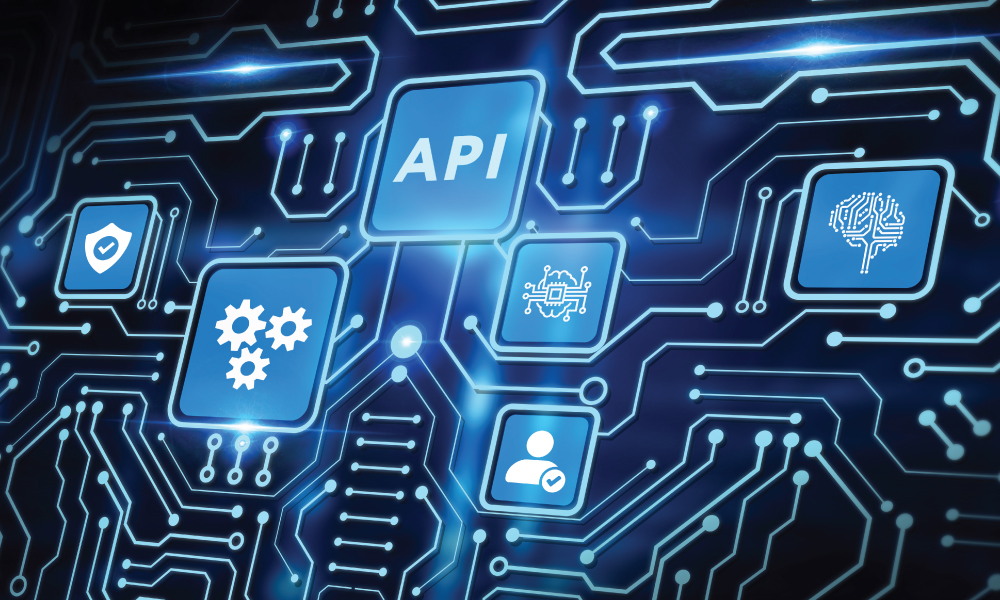In the dynamic landscape of the digital age, where interconnectedness and fluid data exchange are pivotal, organizations are confronting the task of assuring the dependability, security and efficiency of their software systems. As enterprises embrace transformative technologies like Microsoft Services, Cloud Computing, the Internet of Things (IoT) and more, robust Application Programming Interface (API) testing in Quality Assurance (QA) is more important than ever before.
In the digital revolution we are experiencing, organizations must become proficient in understanding the significance of API testing strategies. Historically, it has become evident that disregarding API testing presents risks of potential threats including attack vectors, data breaches in enterprise web applications and more – further emphasizing the need for API testing. Here are eight forms of test automation in API testing:
1. AI-powered Adaptive Testing: AI-powered adaptive testing leverages advanced AI and machine learning (ML) algorithms to dynamically adjust strategies in response to changes in both user interface (UI) and API behaviors. In return, this leads to reduced maintenance efforts as tests automatically adapt to changes, further enhancing the reliability of tests by maintaining alignment across each with the latest system behavior.
2. Visual Validation for APIs: By integrating AI technology, visual validation for APIs is enabled. Through comparison of expected visual outputs with actual outcomes, implementation and intended design are ensured to match. This is vital for maintaining consistent and visually appealing user experiences, especially in API-driven applications where design integrity and maintenance can be challenging.
3. Automated Test Scenario Generation: This approach involves AI-driven exploration of an application’s UI and APIs to autonomously generate a diverse set of test scenarios. It helps to identify any potential test cases that might not have been considered in manual testing. Leveraging ML algorithms, the system learns the application’s behavior and is able to cognitively generate test scenarios that cover a wide range of interactions, ultimately improving test coverage and process effectiveness.
4. AI-Generated Unit Tests: Here, AI is employed to automatically generate unit tests specific to Java applications, including API components. By analyzing the codebase, AI comprehends the functionality of the elements and generates thorough tests that cover a variety of scenarios. This method accelerates the unit testing process, ensures thorough coverage and helps to identify bugs early in the development cycle.
5. Behavioral Adaptation for Dynamic Testing: The utilization of AI algorithms allows this approach to focus on understanding the behavior of the application being tested. The knowledge generated by AI is then used to dynamically adapt testing strategies. When adjusting tests according to changes in application behavior, assurance is made that the test remains relevant and effective. This is particularly valuable in applications with dynamic behavior that may experience frequent changes.
6. AI-Powered Script Optimization: In collaboration with ML, this strategy identifies patterns in application behavior, both in terms of UI and API interactions. Such patterns are then used to optimize test scripts, making them more responsive to changes in the application itself. This ensures accurate testing as it captures changes in behavior and guarantees effective testing throughout the application’s lifecycle.
7. Intelligent Test Scenario Generation: Building on existing tests and data, this approach employs AI to intelligently generate new scenarios for comprehensive API testing. By analyzing outcomes and patterns received from previous testing cycles, it focuses on critical areas and potential vulnerabilities and risks. This adds to the coverage and efficiency of processes – enabling granularly targeted testing efforts.
8. AI-Driven Test Generation and Execution: This approach streamlines the testing processes by automating the creation and execution of tests for APIs and other components. AI-generated tests quickly identify defects and shortcomings that may be overlooked in a manual setting. This accelerated workflow results in faster defect identification, decreased development cycles and increased efficiency of resources.
By combining the power of AI and ML with testing methodologies, the above strategies collectively contribute to improved testing overall, faster identification rates, reduced maintenance and enhanced reliability in software development processes. With API testing playing a pivotal role in QA, it is crucial that it be considered a backbone of modern software systems as it facilitates seamless communication and data exchange between different software components within an organization. By isolating and evaluating individual API endpoints, the below results can be seen:
• Enhanced Dependability: API testing serves as the cornerstone of contemporary software applications, meaning any glitches or breakdowns can lead to consequences. By incorporating vigorous API testing, organizations are able to assess stability, potential error and more – assuring the dependability of their applications.
• Heightened Security: Oftentimes, APIs attract the attention of malicious threats that compromise the system. By implementing comprehensive testing methods, companies can take part in active protection to identify security vulnerabilities and potential threats. This proactive approach allows organizations to bolster defensive measures, safeguard data and fortify the data of their user or clientele base.
• Enhanced Delivery Efficiency: By making API testing a top priority, organizations are empowered to adhere to project schedules and expedite the release of new solutions. When API security testing is integrated into the development stages, organizations preemptively pinpoint and rectify vulnerabilities, ensuring secure software.
• Optimized Scalability and Performance: In a time of digital transformation, APIs take on the role of being substantial data volumes, receiving numerous user requests. API testing enables organizations to gauge the performance and scalability of their APIs across diverse scenarios. By emulating intense user traffic and high-stress situations, QA teams can identify bottlenecks, enhance performance and ensure seamless management.
It is evident that integrating API testing tools like HuLoop or others into QA strategies holds paramount importance for organizations aiming to guarantee the smooth integration, dependability, security and efficiency of their software applications. Given the escalating intricacy of software ecosystems and the prevalence of interconnected landscapes, API testing has transitioned from a luxury to an imperative. By embracing tools and frameworks such as API testing solutions and harnessing automation, organizations can optimize their testing workflows, diminish manual workload and furnish their customers with top-tier software offerings.





